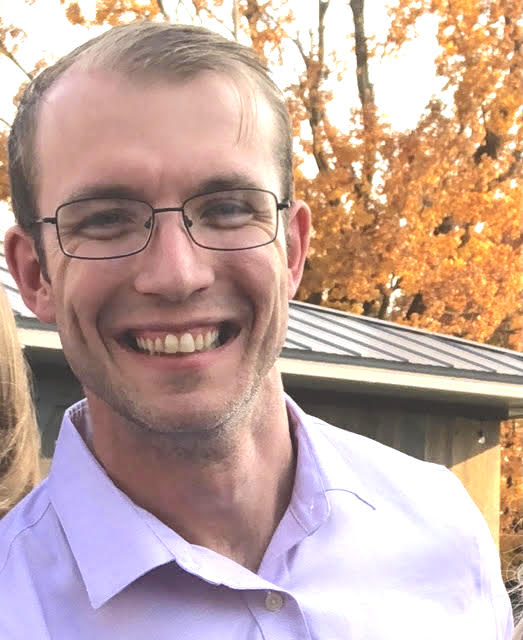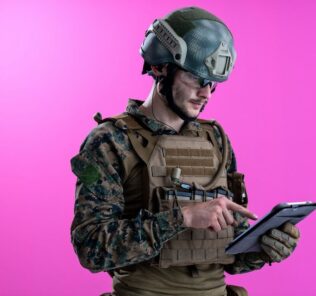Actionable Steps to Increase Learner Participation in Healthcare Simulation
As technology in the field of healthcare simulation progresses, so do the professionals that develop, build, operate, and troubleshoot this clinical simulation technology. Moreover, information sharing facilitated by groups like the Gathering of Healthcare Simulation Technology Specialists (SimGHOSTS), Laerdal’s Simulation User Network (SUN), and the plethora of resources provided by the Society for Simulation in Healthcare (SSH), have ensured that anyone in the field of healthcare simulation can effectively connect, groupthink, and resolve even the most obscure of predicaments. This HealthySimulation.com article discusses how subsequent participation in healthcare simulation can be achieved through several actionable steps.
Important to note – all the medical simulation technology, expertise, planning, and input from colleagues around the globe is for naught if the main objective is not met. Further, experiential learning and acquisition of clinical skills through deliberate practice cannot occur if the learner is not willing or able to participate in what the healthcare simulation team has created. Therefore, fostering collaboration between a healthcare simulation team, medical practitioners, and learners is just as important to achieving this objective as the technology and resources used.
The first step in improving healthcare simulation collaboration is identifying barriers. From there, further discernment is needed to determine those that can be mitigated. This prevents the healthcare simulation team from overwhelming themselves with intentions that distract from the success and execution of their primary purpose. Acknowledging and implementing these realistic expectations from both sides of the control room is critical. Ultimately, two barriers exist that may be causing a lack of collaboration from learners, but there are actionable steps that can be taken to mitigate them.
Sponsored Content:
Does the Learner Feel Safe?
Some of the most common and preventable reasons for learners hesitating to participate in a clinical simulation is that they are in an unfamiliar environment, do not understand the rules of engagement, and feel unsafe making a wrong decision in front of a group of peers and educators. This can be mitigated with two events that should be emphasized in the healthcare simulation environment: familiarization and pre-briefing.
Familiarization with a healthcare simulation space serves many purposes. For example, familiarization can disarm the anxiety that comes with being expected to solve problems in an unfamiliar environment. This can also reduce cognitive load by learners seeing where equipment in the room is located or the basic functionality of the simulator or task trainer being used in a session.
Finally, familiarization relays a clear message that the healthcare simulation team is there to help. An unfamiliar face behind a screen or a disembodied voice from a control room could make learners feel more like they are being observed or tested rather than educated and collaborated with. Familiarization is the perfect time for the healthcare simulation team to introduce themselves, their role, and what can be expected of them.
Sponsored Content:
Additionally, debriefing builds upon the advantages of familiarization. This is sometimes referred to as the fiction contract depending on the institution/organization where the debriefing occurs. Next, prebriefing provides the learner with purpose, direction, and motivation, and is when their role and learning objectives are clearly defined (in addition to the responsibilities of both the learner and facilitator).
How this occurs can, and should, vary from place to place. However, some basic elements should always be present. For example, conceding that there are points where one must suspend disbelief and focus on the learning objective or that experiential learning is not meant to be a test or judgment of the learner. Most importantly, the message must be relayed that they are in a safe learning environment. This means that they are encouraged to be bold, outspoken, and collaborative without being judged.
Is Diversity Being Considered?
Healthcare simulation is a field rich in diversity and all the advantages that come with that. Representation matters, and more DEI will significantly improve the field and those served by healthcare simulation. The same can be said for the customers and learners that utilize clinical simulation. Diversity amongst learners needs to be recognized and considered if the field is to continue to improve education and patient care.
For example, studies have shown that first-generation college learners often face challenges feeling a sense of belonging in the academic environment. This could in turn lead to decreases in participation. Historically, people in the LGBTQ+ community have felt treated as “other” or discouraged from speaking out and leading in society. This could directly translate into a learner feeling like they should not speak up during a clinical simulation.
The first step in creating a paradigm shift is acknowledging these truths and empowering learners from minorities and historically marginalized groups to contribute their valuable and much-needed perspectives. This can be accomplished in a few ways.
First, healthcare simulation must continue to include the lens and lived experiences of diverse professionals. When a learner sees themselves represented their sense of belonging will increase. Another way is ensuring that inclusion does not become performative. One way to do this is to develop a system that randomizes the team leader in a code blue healthcare simulation.
The clinical simulation team can also work together to develop cases that include more diverse patients. When doing this, team collaboration with diverse faculty, learners, and team members to represent the simulated patient accurately are critical.
Finally, the healthcare simulation team must consciously work to be aware of how they act and communicate during familiarization, prebriefing, simulation, and debriefing. Fostering an environment of diversity, equity, and inclusion (DEI) is a constant effort that cannot be understated or threatened by complacency.
For more information on ways to foster collaboration between healthcare simulation experts and their customers, check out this HealthySimulation.com webinar.
All-in-all, healthcare simulation is a field led by educated and experienced subject matter experts that are competent in the use of cutting-edge techniques and technologies. Acknowledging that none of that matters if the learner is not willing or able to participate in the experiential learning that healthcare simulation provides is vital.
Two possible barriers to collaboration that can be mitigated are an emotionally/mentally unsafe environment and not considering the implications of diversity. There are actionable steps that the healthcare simulation team can take to mitigate these barriers to improve collaboration, the learner experience, and subsequently, positive patient outcomes.
Learn More About DEI in Healthcare Simulation
Rémy Roe is a retired U.S. Army special operations combat medic who currently works as a Simulation Technology Specialist at the Stanford University School of Medicine, Center for Immersive and Simulation-Based Learning (CISL). He has worked as a Healthcare Simulation Operator, Educator, and Developer around the globe. He served as the Senior Instructor at the largest Medical Simulation Training Center (MSTC) in the Department of Defense (DOD) before moving to Stanford. Roe is currently a Ph.D. student studying Psychology, with a master’s degree in Personality Psychology and Sociology. Rémy currently lives in Menlo Park, CA, and enjoys hiking, traveling, and coaching Olympic Weightlifting in his spare time.
Sponsored Content:




















